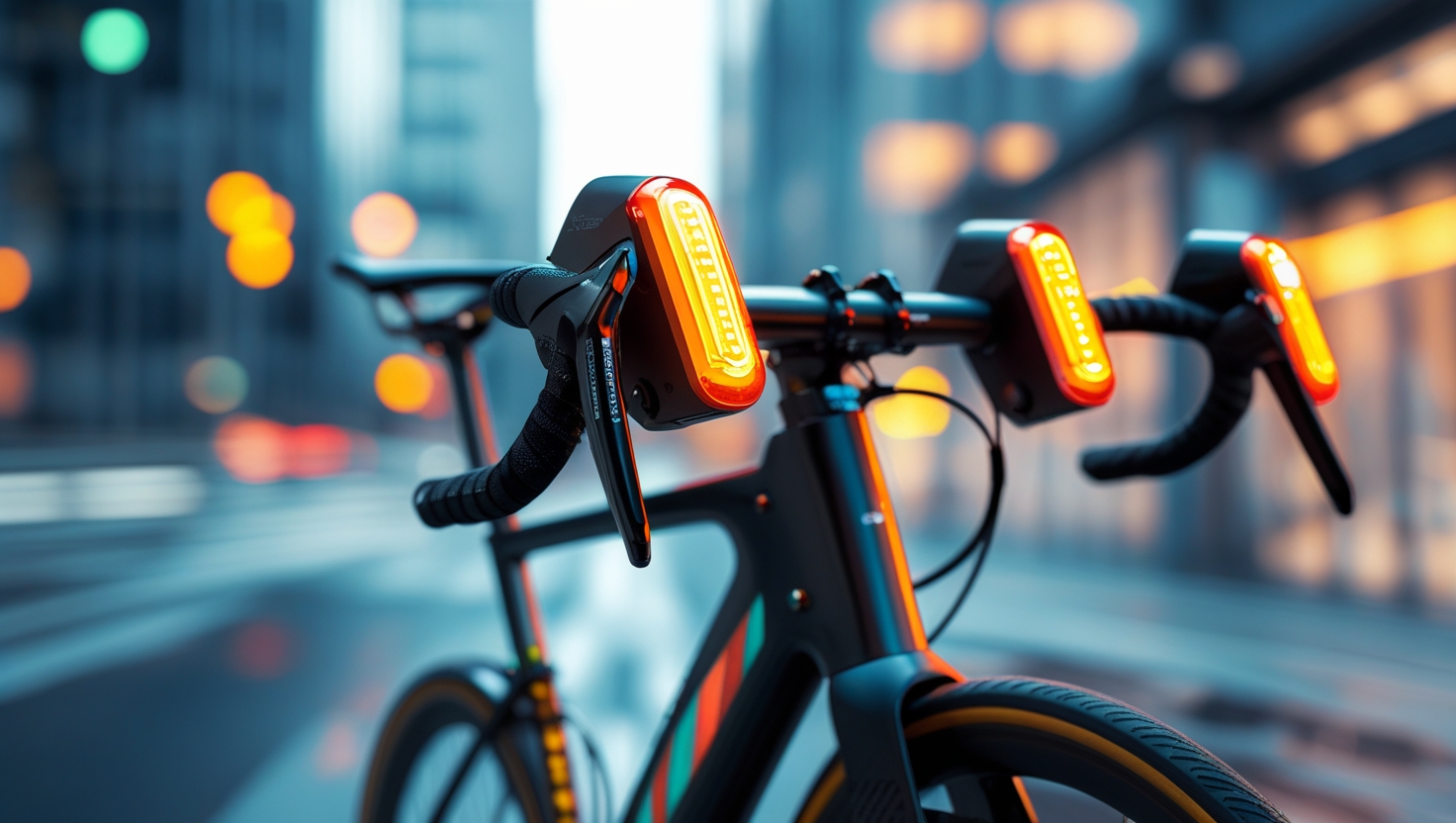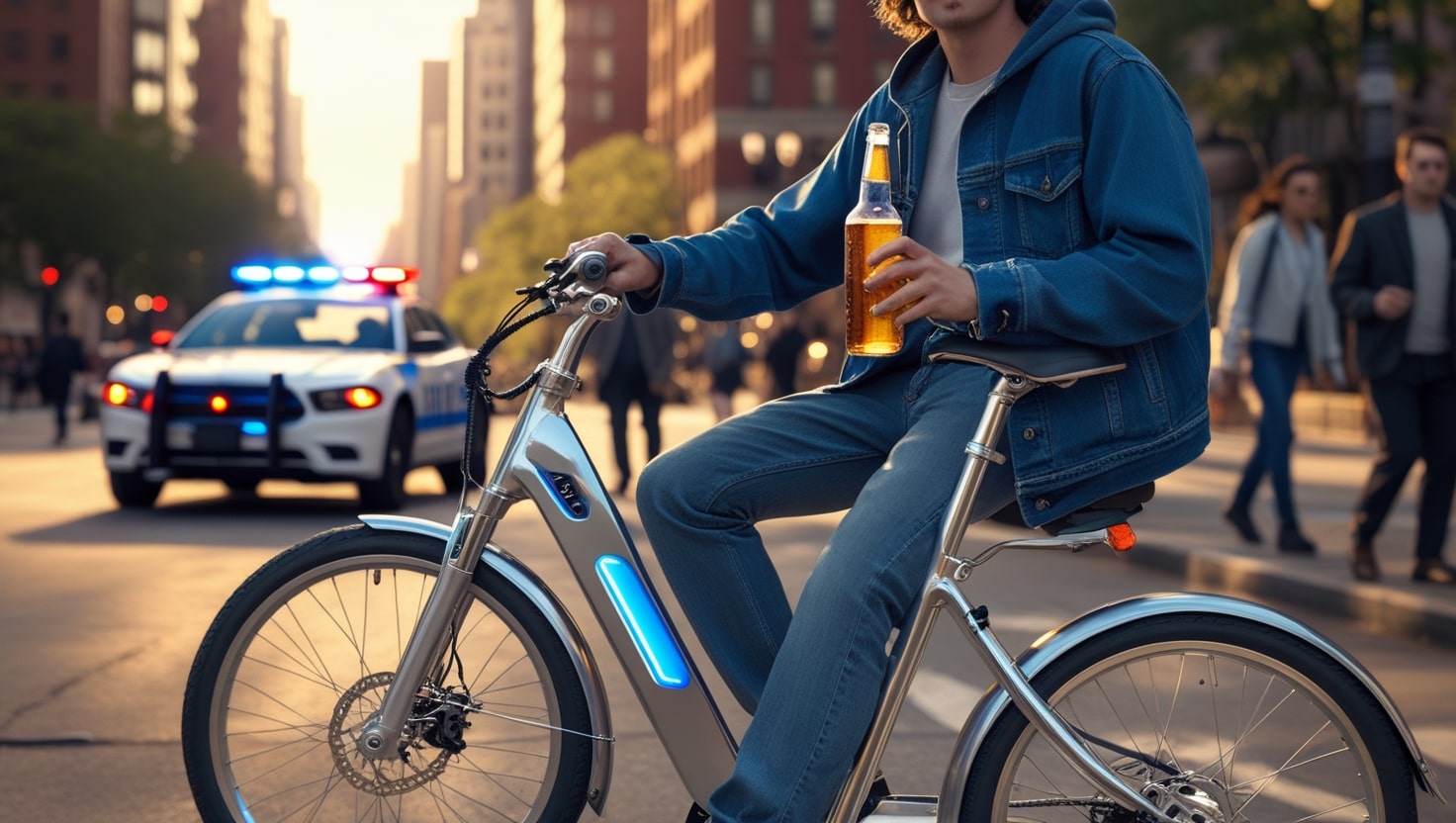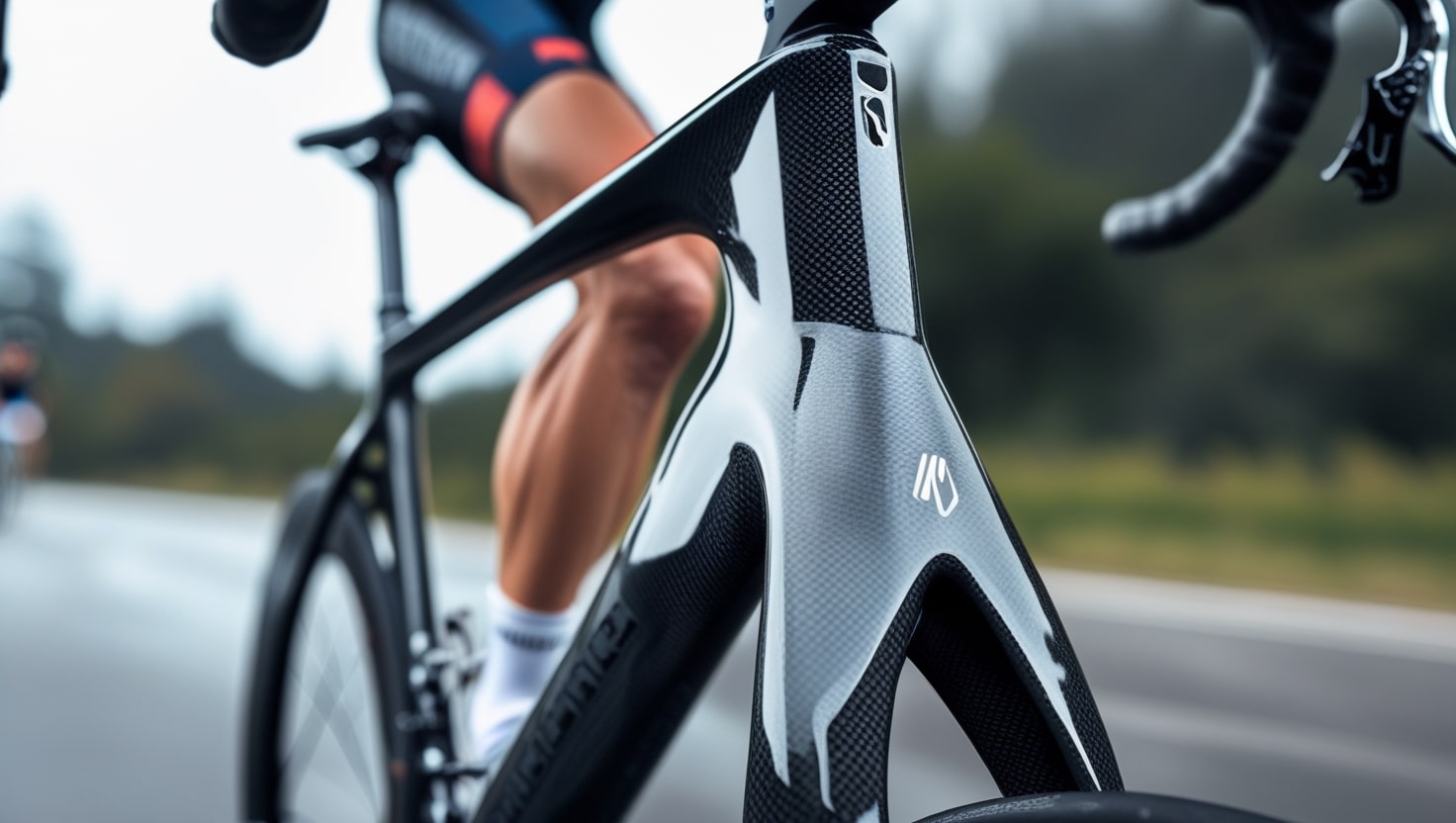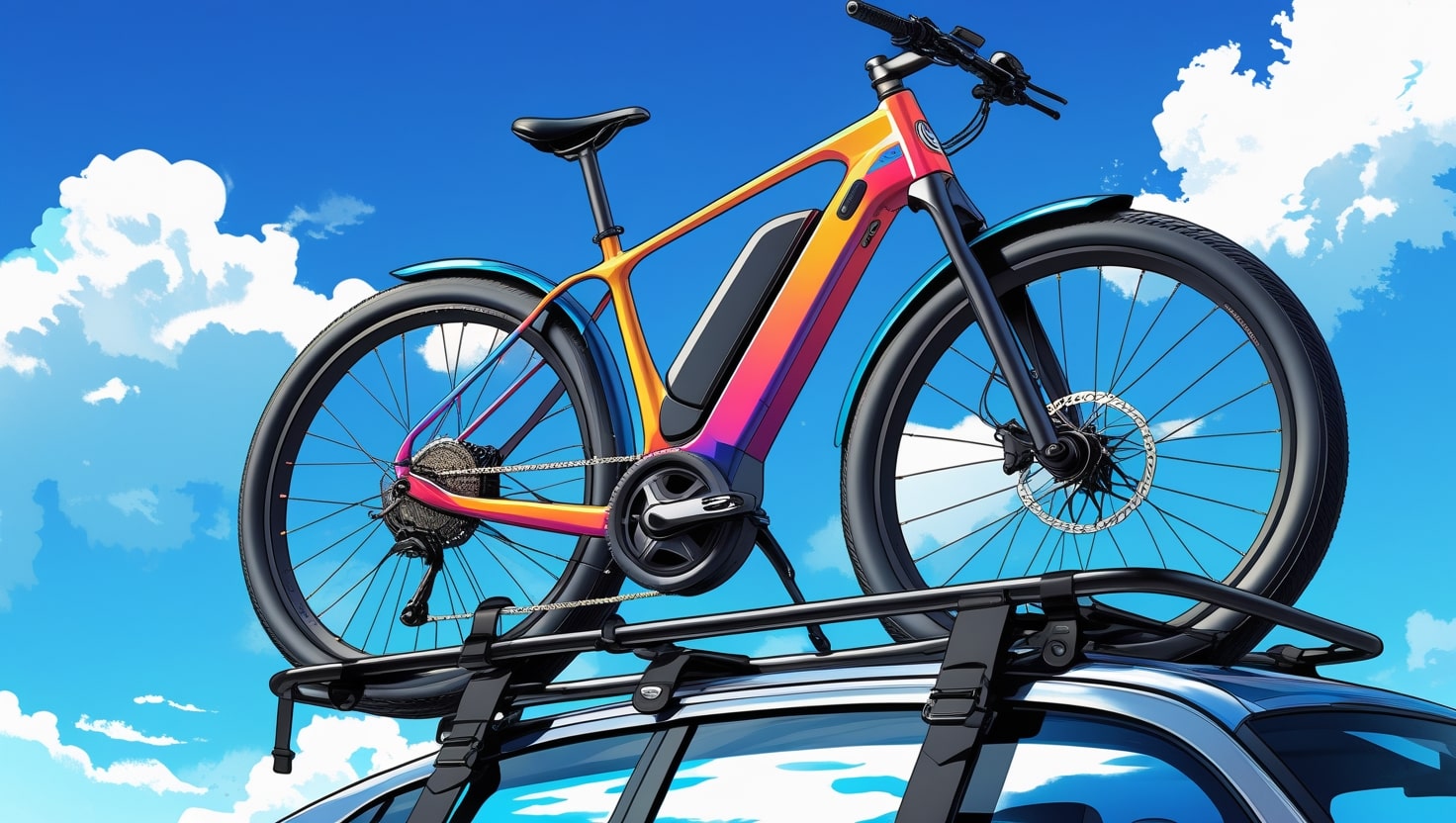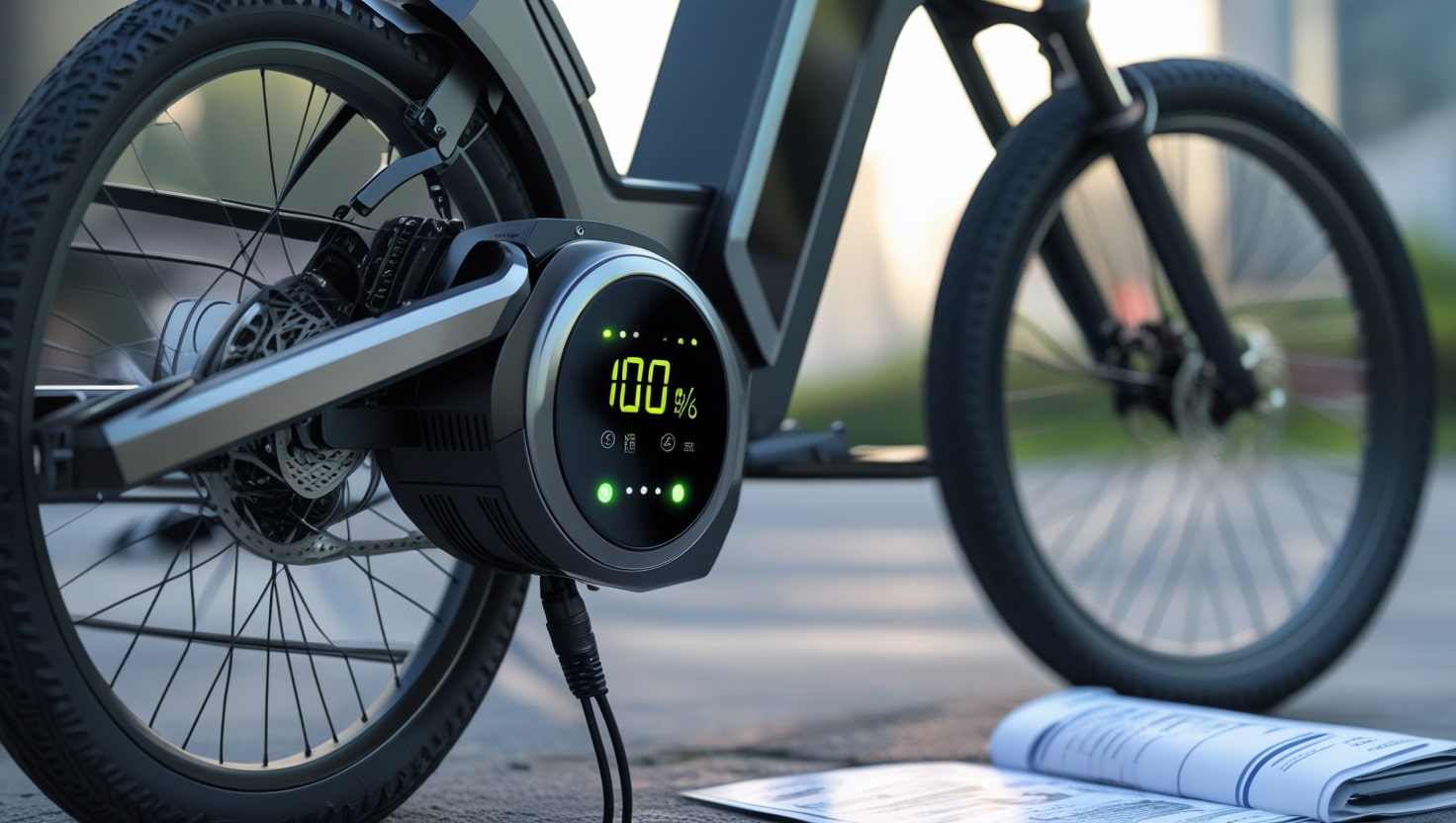As a lifelong rider, I often join other cyclists on a quiet road at night, where higher speeds of passing passenger vehicles and rumbling commercial vehicles can feel overwhelming. The question “Are reflectors required on bicycles?” stops being abstract the instant a rushing motorist whips by. My modest bike carries small reflectors attached to the front, rear, wheels, and pedals—lightweight safety features added purely for safety that help heavier machines spot me before a collision turns nighttime riding into something fatal. That sudden sparkle nudges even distracted motorists to swerve wide, proving how a bit of plastic can prevent disaster.
Each reflector is a prism-based safety device packed with microscopic mirrors that redirect incoming light—be it dazzling white light or a dim streetlamp—straight back to its source, usually the glaring motor vehicle’s lights behind me. Because they shine without batteries, they remain visible through rain, fog, and other low-visibility conditions. At just 50 to 300 feet, a glow from a red reflector warns any person in a vehicle that someone smaller is ahead; combine that with a forward lamp beam reaching 500 feet, and I gain a precious gap to avoid close calls while I travel.
Regulations echo these lessons. According to South Carolina law, every bicycle must have a red reflector on the back that pops from 50 to 300 feet when hit by the beams of oncoming headlights and a front bulb that casts white light for at least 500 feet. Such rules cover the larger share of evening traffic and aim to curb severe crashes. After years of dusky commutes, I trust those glowing gems not just because the statutes say so, but because they have spared me countless scares and answered, for me at least, why the law says yes to reflectors on bicycles.
Related: Alaska Ebike Laws Simplified
The Need for Bike Reflectors in South Carolina
As I pedal my morning commute through Charleston streets, I know that the small plastic reflectors fixed to my bike are more than decoration: state law says it is illegal to ride a bicycle without them after dusk, because they increase visibility when cars sweep past in low light. I never remove them; they weigh nothing, have no batteries to replace, and only fail if they are severely damaged, so they just run silently year after year, even when I’m out in bright daylight, boosting safety for everyone and lifting the overall confidence of every rider I know.
The following reflectors are necessary in South Carolina:
My daily cruiser carries a Clear front reflector, a vivid Red plate on the rear, and bright Amber discs on each front-wheel and back wheel, because state rules insist these reflectors keep riders visible.
Slim clear strips on every pedal finish the setup; rolling out without a single reflector here risks a ticket—and worse, disappearing in the dark.
If you were hurt in a nighttime bicycle accident without reflectors, you might be held partially accountable.
Related: Washington DC electric bike Laws
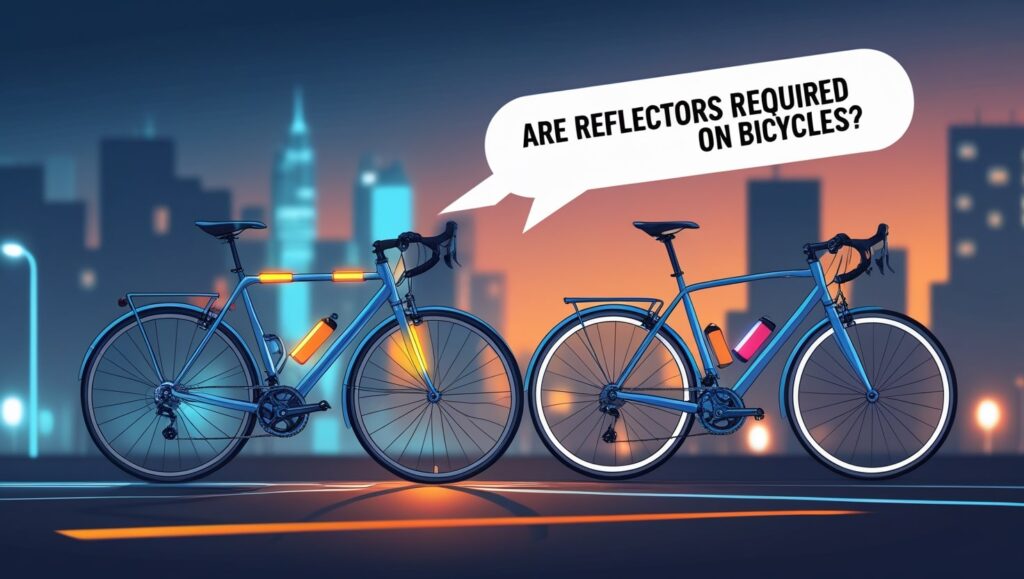
If My Bike Has Lights, Do I Need Reflectors?
As a local Bicyclists group leader in South Carolina, I remind friends that the law still requires reflectors, even on bikes with bright Lights; I generally use units that double as beams when switched off.
Always read the manufacturer details to learn which types of lamps truly qualify; if not, plan on installing extra panels so your bike can meet state requirements and protect you in traffic.
Remember, add-ons should never replace the mandated lenses—think of them as an addition, not a substitute.
Related: Delaware eBike Laws
What Else Can I Do to Increase My Visibility While Riding My Bicycle?
You may improve your visibility when riding a bike by doing the following:
Wear reflective clothing.
As I ride my city bike, I add bright extras to catch the attention of passing cars: I put on neon bands and a single reflective leg cuff, add stick-on patches to my jacket, and cover my legs, feet, shoes, and even socks with shining guards. These dynamic accents assist cars and other drivers recognize me sooner and give me a wide berth by keeping my body’s moving portions extremely visible throughout the day and well into the night.
Simple reflective materials like ankle covers or tape on regular clothing can significantly increase overall visibility; safety experts call them advisable during every outing because they highlight your outline when headlights strike. If purpose-built gear is pricey, improvise with shiny fabric strips on ordinary clothes so your kit meets the rules without fuss, and your ride stays safe no matter the weather.
Related: California Ebike Laws Simplified
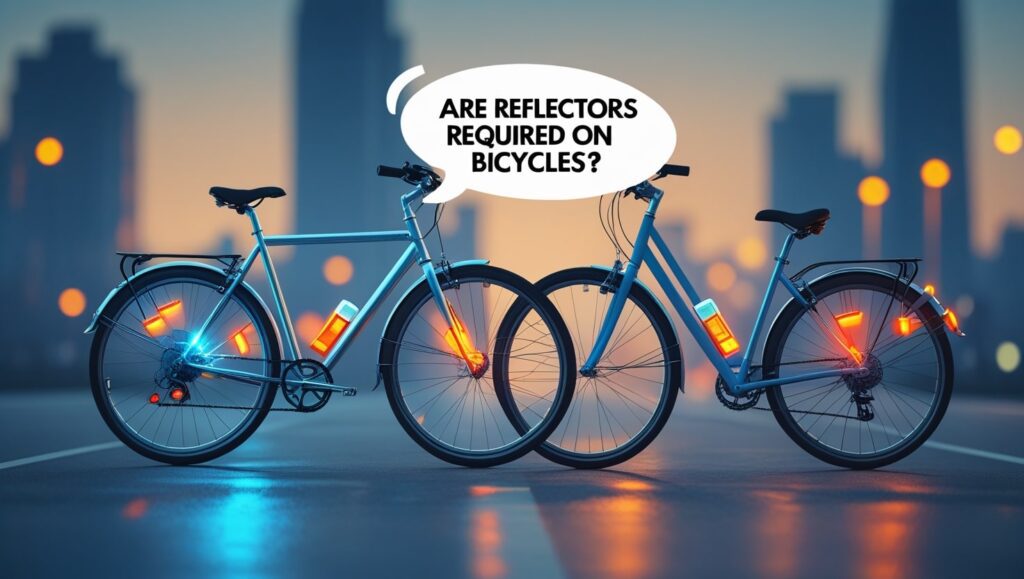
Wear a highly visible helmet.
As a weekend rider I’ve found that Wearing an eye-catching helmet is just as essential to safety as the reflectors on my wheels: pick a highly vibrant color and keep adding a thin reflective strip so you stand out. In broad day-light the paint pops; at night the band flashes, boosting my road visibility. Over time I’ve noticed a clear increase in how far away I’m visible, giving drivers space to react, and that small piece of gear often means the difference between a close call and a calm pass.
Related: Michigan Ebike Laws Simplified
Conclusion
My conclusion after years of night commuting is that fitting a bike with reflectors is an important safety feature that traffic laws in many countries make required before you may ride legally on any road: these tiny, passive bits of lighting catch every stray light from car lights so the beam reflects back, which can increase your visibility and let a rider travel more safely through any dim area. Local regulations list the exact type to use, and it is recommended you keep them as a fail-safe backup to powered lamps—always check official sources concerning compliance so all your bikes meet the code.
Related: New Jersey eBike Laws
Related: Illinois Ebike Laws Exposed in 2025

